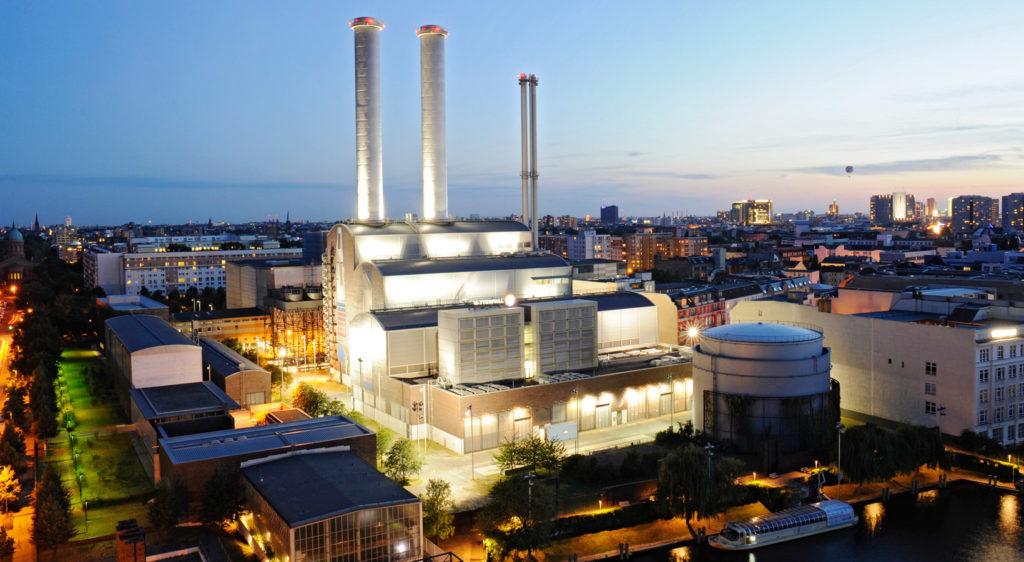 During this holiday season, I was surprised to see items such as 3D printing pens emptied off the shelves in the few big stores I was shopping in, along with hearing from my friends that they had purchased them for their kids. Users of all ages around the world had a variety of different 3D printers and materials on their wish lists as gift ideas for Christmas, inspired to use them for everything from printing gaming figurines to projects geared toward engineering and low volume parts production. It’s obvious the technology is becoming well-entrenched in the mainstream, but what about this major revolution everyone has been predicting? For the ordinary Joe, that may still be a big question mark. The answer is, however, that this revolution in manufacturing is one that is happening behind the scenes in many cases, seeping into production processes where you might least expect it.
During this holiday season, I was surprised to see items such as 3D printing pens emptied off the shelves in the few big stores I was shopping in, along with hearing from my friends that they had purchased them for their kids. Users of all ages around the world had a variety of different 3D printers and materials on their wish lists as gift ideas for Christmas, inspired to use them for everything from printing gaming figurines to projects geared toward engineering and low volume parts production. It’s obvious the technology is becoming well-entrenched in the mainstream, but what about this major revolution everyone has been predicting? For the ordinary Joe, that may still be a big question mark. The answer is, however, that this revolution in manufacturing is one that is happening behind the scenes in many cases, seeping into production processes where you might least expect it.
 And in Europe, it turns out that 3D printed components by GE have been behind production of the Berlin-Mitte facility, a large power plant in Germany operated by Vattenfall.
And in Europe, it turns out that 3D printed components by GE have been behind production of the Berlin-Mitte facility, a large power plant in Germany operated by Vattenfall.
“It’s a very important, district-heating power plant. It heats the capital’s feet,” says Wolfgang Muller, product line leader of GE Power Services’ gas turbine e-fleet.
In terms of 3D printed parts, the plant is using 3D printed first-stage heat shields and first-stage vanes inside a single GE natural gas turbine. The parts each weigh around nine pounds, and according to information in GE Reports, they are the size of a laptop and allow the turbine to use less fuel and operate with greater efficiency.
“These are the largest 3D printed components globally in any commercially operated gas turbine,” says Muller. “3D printing is often thought of in terms of very small, complex components. We’re proving now that actually, you can commercially manufacture large pieces for turbines.”
Although many benefits are offered over traditional metal casting, the use of 3D printing is very important in that it means more complex geometries can be created with air passages for cooling. With nearly all 50 heat shields being made via 3D printing, Muller points out that they can reduce cooling by over 40 percent. 3D printed parts in the turbine’s first-stage vane also mean that the need for cooling air is reduced by 15 percent.
“That’s millions of dollars in fuel-cost savings per year,” he says.
Discussing the ‘new tribe’ of designers and engineers, Muller brings up a point that is becoming more and more apparent regarding the worlds of conventional methods and more progressive projects involving open source programming that allow for ongoing improvement:
GE’s progress in using 3D printing and additive manufacturing technologies around the world is a great example of new processes being used that will gradually change the face of industry. GE has been working to understand uses for 3D printing in similar uses, such as in nuclear power plants, and we’ve followed much of their expansion and continued investment from the opening of their $40 million Center for Additive Technology Advancement (CATA) in Pittsburgh last April to the new Advanced Manufacturing Works (AMW) facility that opened shortly after in South Carolina. And that’s all just on the heels of other expansions, to include the opening of another factory in India. Discuss in the GE forum at 3DPB.com. [Source: GE Reports]“We need to merge the two worlds,” says Muller.
Subscribe to Our Email Newsletter
Stay up-to-date on all the latest news from the 3D printing industry and receive information and offers from third party vendors.
You May Also Like
Air Force Awards Fortius Metals $1.25M to Qualify 3D Printing Wire for Hypersonic Applications
AFWERX, part of the US Air Force Research Laboratory (AFRL), awarded a Direct-to-Phase II Small Business Innovation Research (SBIR) contract worth $1.25 million to Colorado’s Fortius Metals, to accelerate qualification...
US Air Force Awards JuggerBot $4M for Large-format Hybrid 3D Printing
Large-format 3D printer manufacturer JuggerBot has received a $4 million grant to develop a large format 3D printer, courtesy of the Under Secretary of Defense, Research and Engineering Manufacturing Technology...
Where Have All AM’s Unicorns Gone?
In the rapidly evolving world of 3D printing, startups valued at over a billion dollars, known as unicorns, once seemed as fantastical as the mythical creatures themselves. While a few...
How My Childhood Fascination with Planes Led to Investing in 3D Printing
My fascination with aerospace started young, and I started studying planes–identifying them in the sky and learning everything I could about how they work. Fast forward to my first week...
































